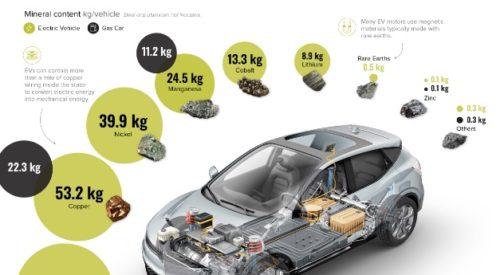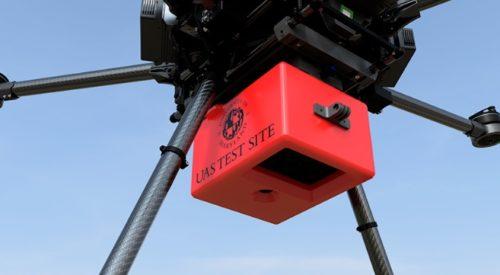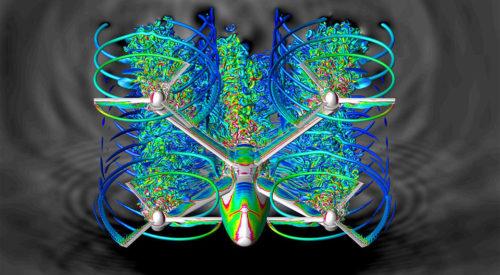Technology
eVTOLs: Does Mineral Madness Lurk Beyond Lithium-Ion?
Demand, and mining, for many minerals will dominate the future of transportation
The demand for mined minerals will play a large role in the future of all electric vehicles, including eVTOLs.
AAM-Gym for Artificial Intelligence Practice
Advanced Air Mobility gets a research and development testbed
Researchers have created an Advanced Air Mobility “gym” that will allow for thousands of potential simulations to improve the development of eVTOLs.
For UAM to Succeed, the Stars Won’t Need to Align, But a Lot of Systems Will
Researchers explore UAM from a System of Systems (SoS) perspective
Researchers at the Hamburg, Germany-based German Aerospace Center, Institute of System Architectures in Aeronautics (DLR), wanted to understand how different fully electric urban air mobility (UAM) aircraft architecture might affect the overall system of systems’ (SoS’) capability. (SoS refers to a complex system composed of multiple systems that work together to achieve what can’t be…
Skating on Thin Ice – Better UAS Than You or Me
University of Maryland Researchers and NOAA Take Their eVTOL Out for a Test Flight
Unmanned drone systems equipped with sensors may be able to help move the scientific study of sea ice forward.
Advancing Advanced Air Mobility
Trust Us. Trust the Computers. Trust Us and the Computers?
The future of urban air mobility depends in part on how well humans and autonomous machines can team together.
X-Team D2D
The EU’s Project to Plan, Design, and Build a Seamless UAM Travel Experience
The EU’s X-TEAM D2D project met in December 2021. The team, organized by the Scandinavian Simulation Society (SIMS), Finnish Simulation Forum (FinSim), Finnish Society of Automation and University of Oulu, during the Federation of European Simulation Societies (Eurosim) Conference, was part of The X-TEAM D2D EXTENDED ATM FOR DOOR2DOOR TRAVEL conference. The project is working…






